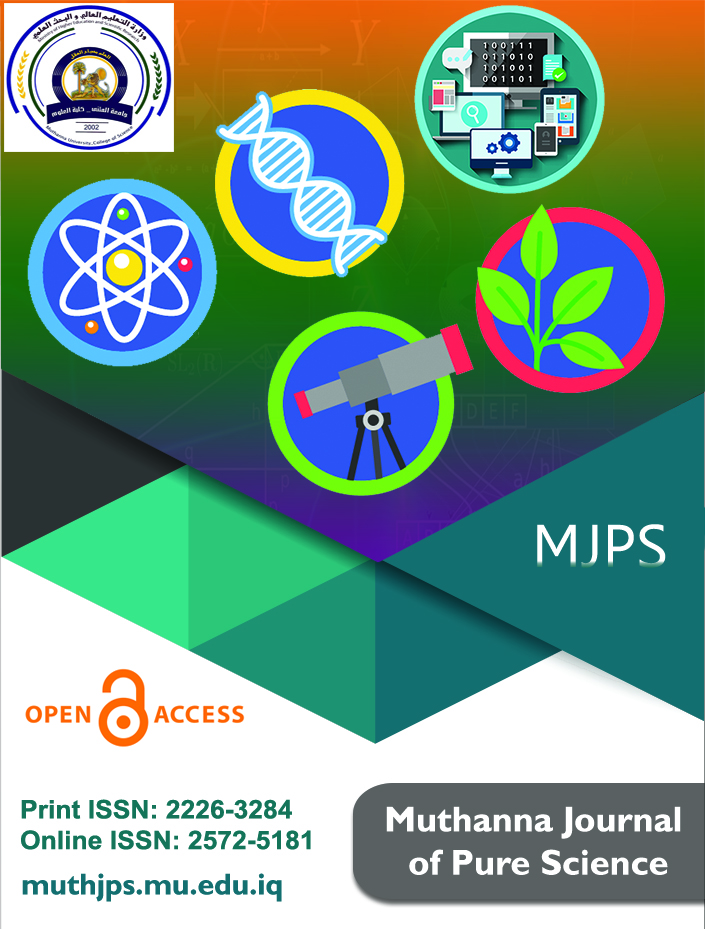Muthanna Journal of Pure Sciences – MJPS
Volume 3 issue 1, 2016
Salah A. Alkhadr
Muthanna University
College of Medicine
Abstract
The researches and experiment has been continued since 1901 about using aspirin in treatment ,Aspirin is a weak organic acid that is unique among the NSAIDs in that it irreversibly acetylates (and, thus, inactivates) cyclooxygenase (COX) is responsible for the in sites of disease and inflammation. My research have implicated fatty acid-dependent activation of the serine kinase IKKβ (aspirin could specifically inhibit the protein I-kappa-β-kinase beta is essential for inflammatory cytokine-induced activation of nuclear factor (NF-κB) in the pathogenesis of insulin resistance. To test this hypothesis, we studied ten type 2 diabetic subjects before and after(10-14 days)of treatment with aspirin plays a pivotal role in the function of major cell types that contribute to the pathophysiological process for inflammatory , which plays a key role in tissue inflammation, in the pathogenesis of insulin resistance. High doses >1g/day of salicylates have recently been shown to inhibit IKKβ activity and might therefore ameliorate insulin resistance and improve glucose tolerance in patients with type 2 diabetes. To test this hypothesis, we studied Ten type 2 diabetic subjects before and after (10 -14 days) of treatment with aspirin (>1 g/d). Subjects underwent mixed-glucose turnover before and after treatment. High-dose aspirin treatment resulted in a ∼20 % reduction in fasting plasma glucose, associated with a ∼15% reduction in total cholesterol and C-reactive protein, a∼40% reduction in triglycerides, and a ∼30% reduction in insulin clearance, despite no change in body weight During a mixed-meal tolerance test, the areas under the curve for plasma glucose and fatty acid levels decreased by ∼20% and ∼40%, respectively. Aspirin treatment also resulted in a ∼20% reduction in basal rates of hepatic glucose production and a∼20% improvement in insulin-stimulated peripheral glucose uptake under matched plasma insulin concentrations during the clamp. In conclusion, these data support the hypothesis that IKKβ represents a new target for treating type 2 diabetes mellitus.
Down load full article/PDF
